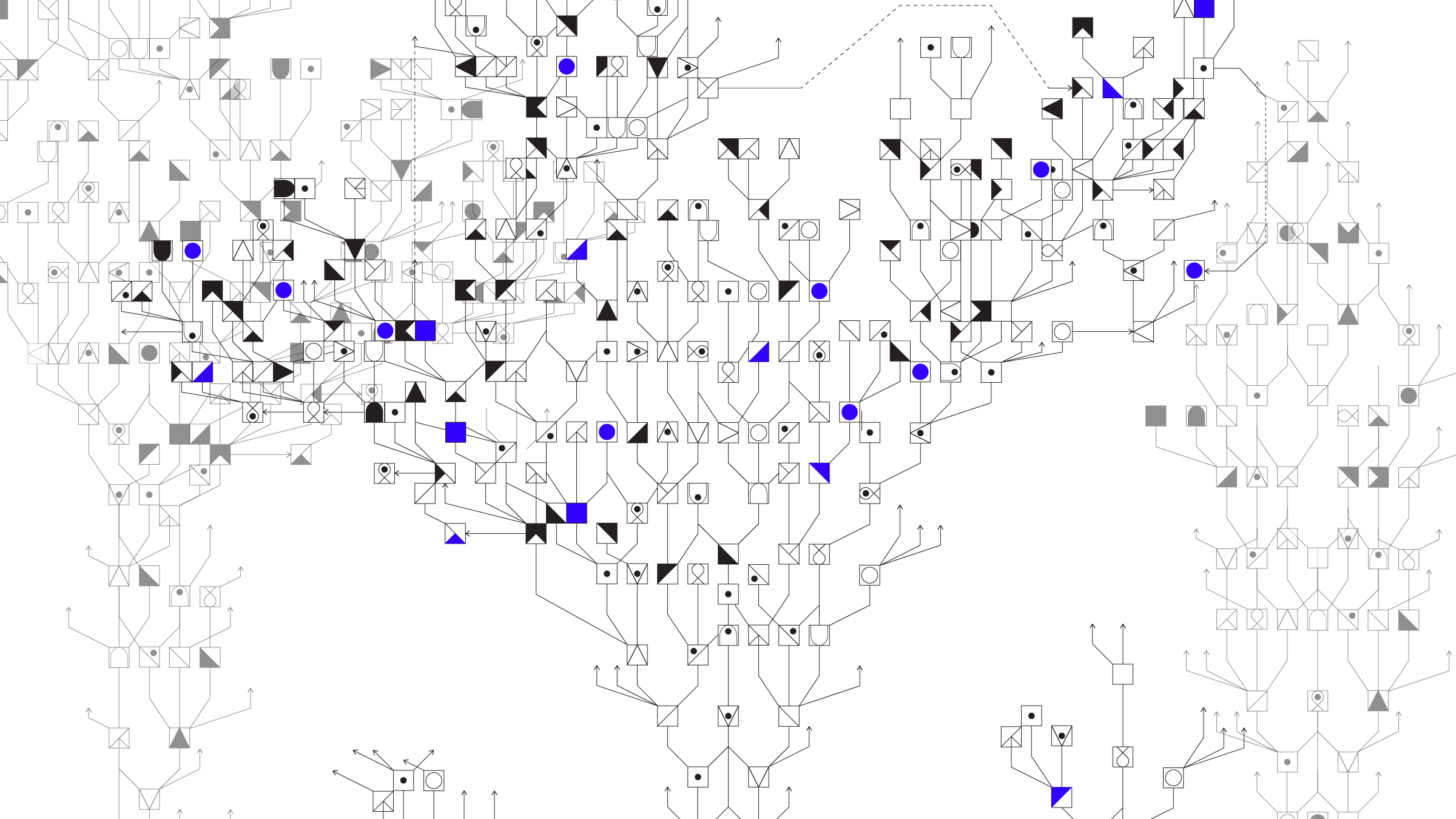
Topos: AI in the Urban Landscape
Collaborator: Xiaoxuan (Sally) Liu2017 / 6-week project
CATEGORIES: design research, interaction, UX, speculative
KEYWORDS: artificial intelligence (AI), tangible UI, urban dashboards, data collection
Imagine that AI is ubiquitous in urban landscapes—could the city know itself better than you could ever know it?

PROJECT OVERVIEW
Topos: AI in the Urban Landscape addresses the possibility of ubiquitous artificial intelligence (AI) systems, and anticipates the shadows they might throw on the urban landscape. If the inner-workings of AI systems that drive the city are neither visible nor tangible, then how we design AI interfaces can illuminate the algorithmic dimension of the city for the people living in it.
The project imagines that the hidden intelligent systems controlling the city are made open and legible to citizens in the form of physical, manipulable, tree-like structures. How might pruning and tending these public-facing civic interfaces—these trees of knowledge—literally and figuratively reshape the urban landscape?

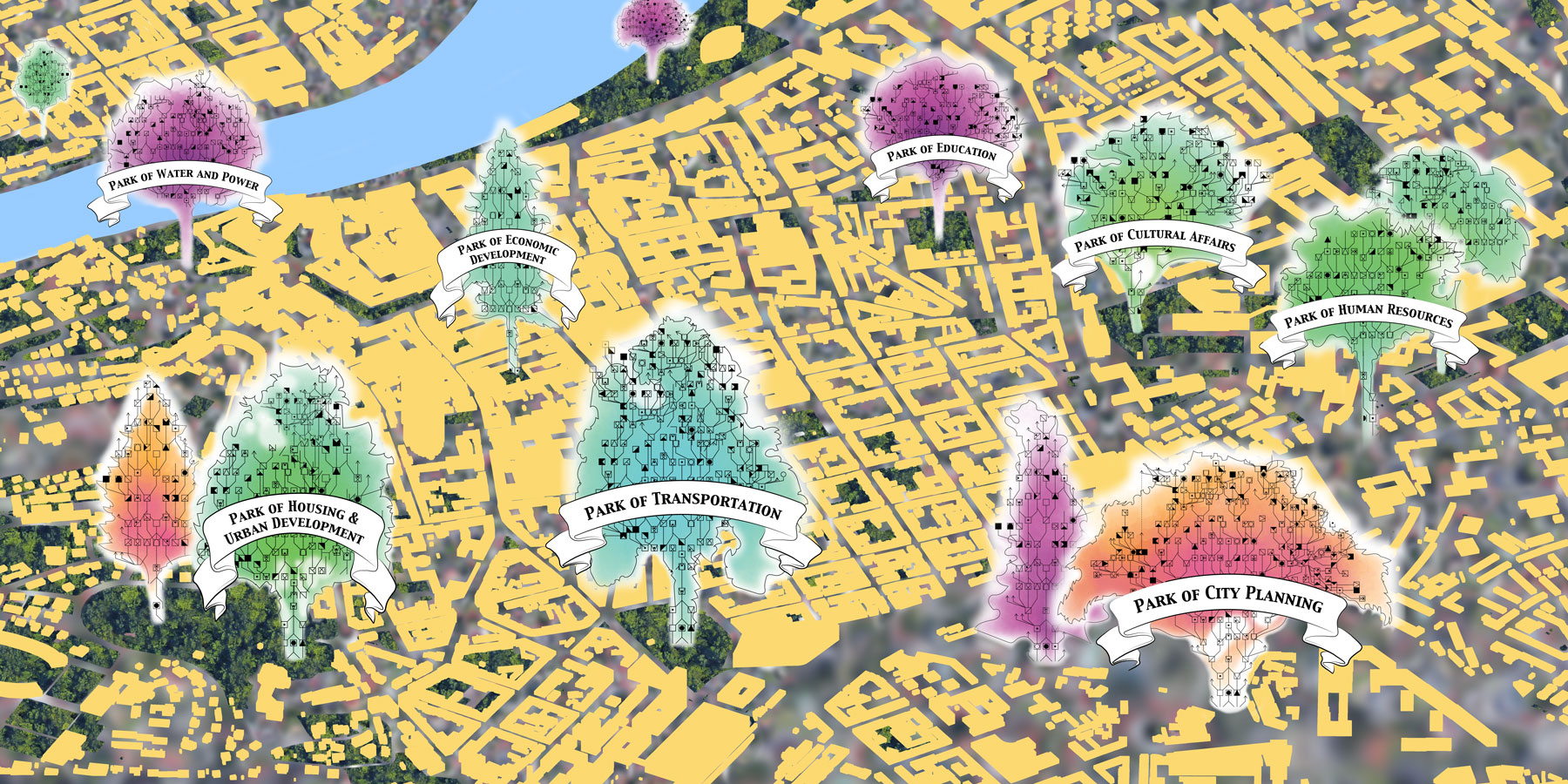
↳ Physical prototype installation (left) and illustrated prototype (right) to define how “trees of knowledge” occupy “AI parks” in urban spaces.
PROJECT OUTCOMES
We propose a new typology of public space that combines the mechanical qualities of urban dashboards with the permeable and spatial qualities of public parks. These new “AI parks” contain trees of knowledge that physicalize what is otherwise invisible to citizens: the decision trees, random forests, and neural nets that are involved in the public decision-making and sense-making that literally and figuratively shape an AI-embedded city.By externalizing civic AI systems into public space, Topos aims to create active and participatory modes of collecting data used to train these systems, as opposed to the passive accumulation and infinite siloing of data.

↳ Examples of TUI interaction in the experiential prototype (above, photo credit: Philip van Allen) and the animated prototype (below).
Trees of Knowledge: How do they work?
These TUIs enable citizens and civic workers to read and revise civic AI systems by interacting with them through the physical environment. We created both an experiential and animated prototype to demonstrate how this interaction would play out. In both cases, we imagine that people are able to interact with the AI system through a physical, intuitive, and responsive interface.
v01: Experiential Prototype, User Journey + Interaction Flow

v02: Animated Prototype
PROCESS
Topos originated from a course taught by Phil van Allen and Ben Hooker, called the Internet of Enlightened Things, which centered on how AI and ML fit into the space of the “neighborhood”—where humans interact with the urban landscape at a human scale.Phase 01: TECHNICAL RESEARCH
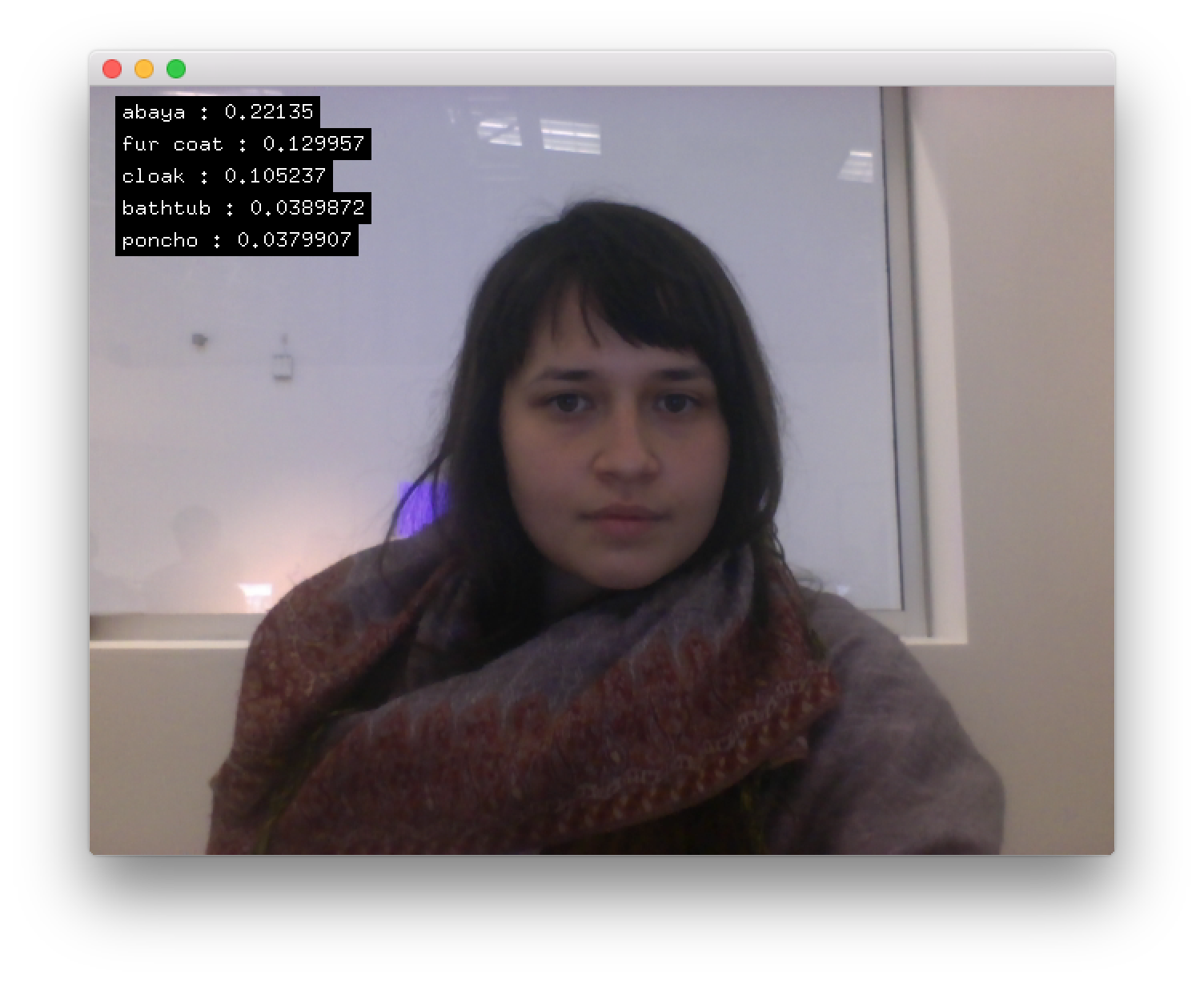
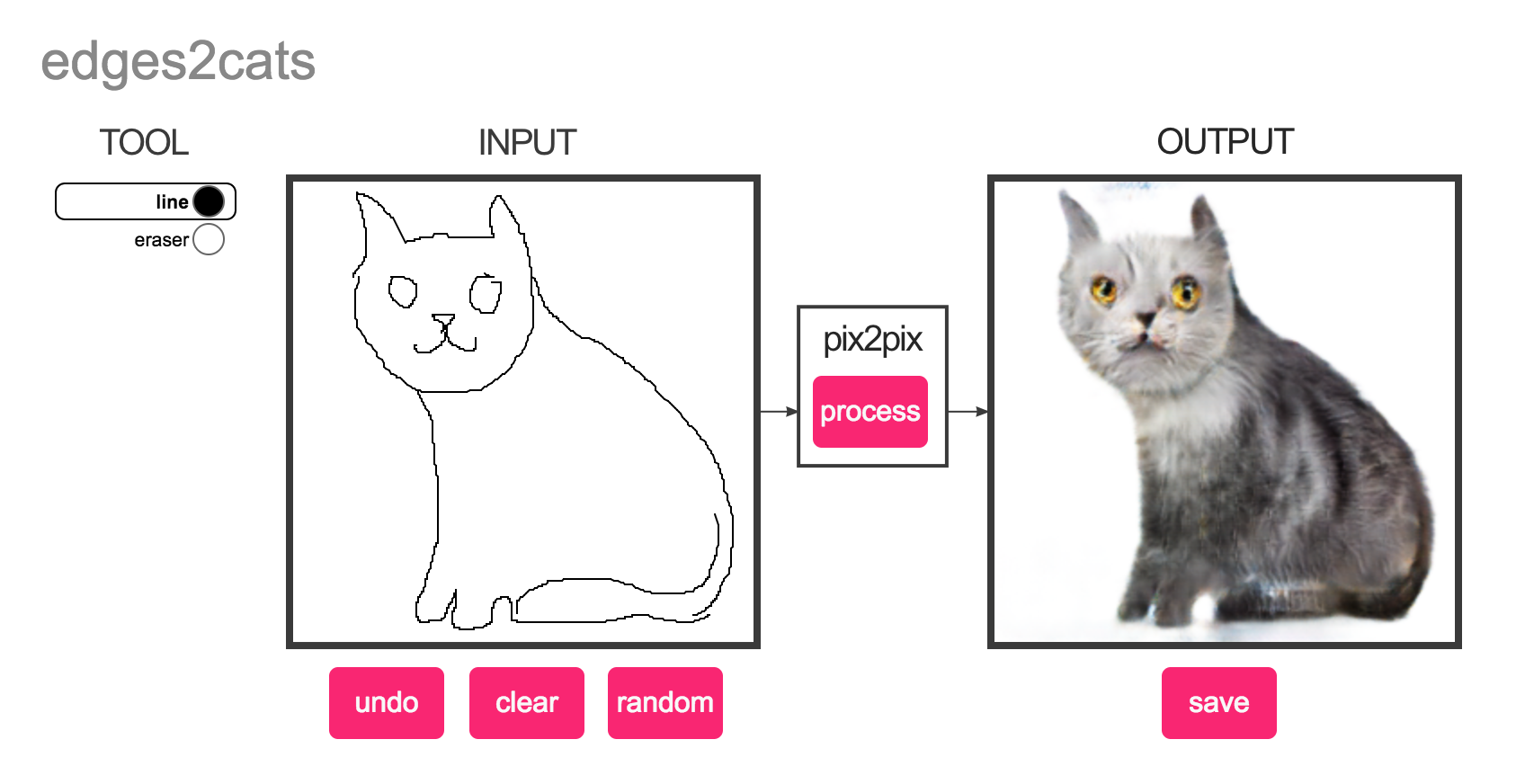

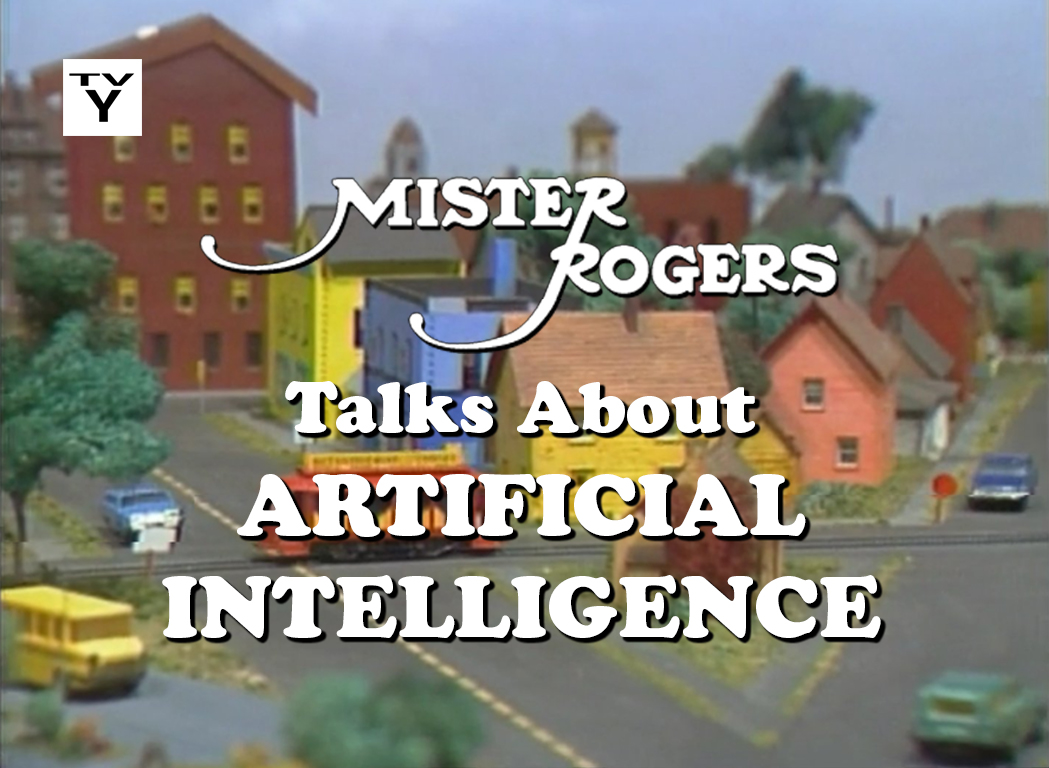
Phase 02: RESEARCH THROUGH DESIGN
My collaborator and I took very different approaches to this problem space of the “neighborhood”. I was interested in the idea of AI as a public service; I took the context of the neighborhood very literally and imagined a Mr. Roger’s-like figure being the entity that could deliver this service to people. My collaborator was interested in how the AI training process was similar to the process of pruning and tending to plants.

Phase 03: DESK RESEARCH
Shannon Mattern’s survey of city control systems, Mission Control: A History of the Urban Dashboard, influenced how we conceived of the trees of knowledge as TUIs. Although trees of knowledge do similar work as urban dashboards by “render[ing] a city’s infrastructures visible and mak[ing] tangible...various hard-to-grasp aspects of urban quality-of-life,” (Mattern, 2015) they are not meant to be slick graphical summaries of the variables and metrics that describe the city from one quantifiable moment to the next.
Phase 04: SYNTHESIS
The synthesis of our seemingly divergent interests led us to focus on the structural opacity of AI systems and ML processes. You can’t see them or touch them, but we wanted to see if we could speculate on how to make AI systems (and how they might transform a city or urban landscape) more transparent.
Taking Topos into the Real World
As a speculative vision of human-to-AI interaction, Topos is meant to provoke thinking and criticality around the issue of civic AI in urban landscapes. That said, the project serves as a foundation for thinking about how AI systems need to be externalized in order to create public trust between people and the algorithmic dimensions of the world.
Topos can be used as a conceptual framework for people who are creating AI systems to be used within civic contexts. How can we create armatures of learning and contact with these systems so that people have the tools to understand how data is changing the city (and to call the city out when it is changing for the worst)
PROJECT RECOGNITION
☞ Presented as part of the paper Right to the Post-Internet City: An Internet of Enlightened Things, at the Post-Internet Cities international conference at the Museum of Art, Architecture, and Technology (MAAT) in Lisbon, Portugal, in 2017
☞ Presented at the UX of AI, AAAI Spring Symposium at Stanford University. And published as a paper Trees of Knowledge: Designing with Artificial Intelligence in the Urban Landscape in the symposium proceedings.
︎☞ Exhibited at Ars Electronica 2017, under the umbrella of The Internet of Enlightened Things: AI in the Neighborhood. For the exhibition, the project was reframed as AI Upkeep: Department of Parks and Recreation.